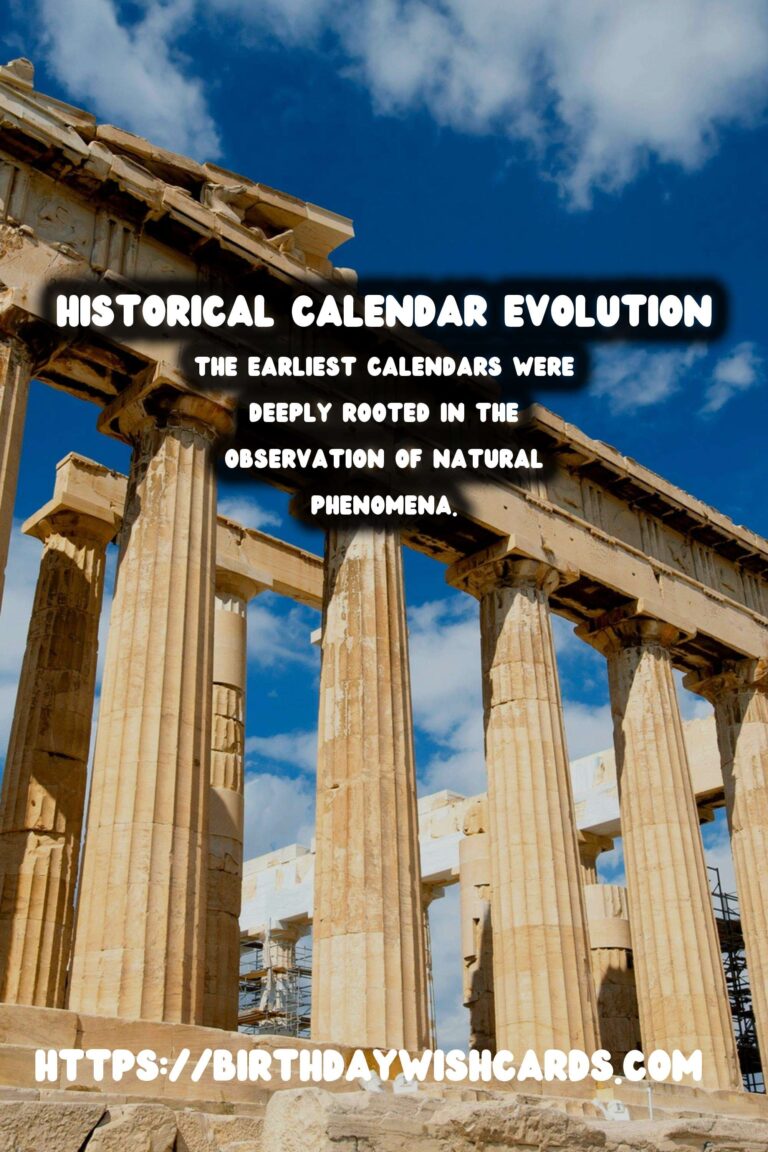
Ever since humans first gazed up at the stars, we have been trying to make sense of the passage of time. Calendars have played a crucial role in helping societies understand time, organize their activities, and structure their daily lives. This comprehensive guide delves into the fascinating history of calendars and their evolution across various cultures.
The Concept of Time in Ancient Civilizations
The earliest calendars were deeply rooted in the observation of natural phenomena. Ancient civilizations looked to the sun, the moon, and the stars to devise systems of measuring time. The need to track seasons, agricultural cycles, and religious events often drove the development of these early calendars.
The Egyptian Calendar
One of the oldest recorded calendars, the Egyptian calendar, was primarily based on the solar year. The Egyptians observed the annual flooding of the Nile River, which was vital for agriculture. Their calendar had 12 months of 30 days each, with an additional 5 days considered holy days at the end of the year.
Babylonian Lunar Calendar
The Babylonians created a lunar calendar, observing the cycles of the moon. Their year consisted of 12 lunar months, each lasting approximately 29.5 days. To align the calendar with the solar year, the Babylonians added an extra month every few years.
The Influence of the Roman Empire
The Roman calendar underwent several reforms, most notably by Julius Caesar, who introduced the Julian calendar. It was a solar calendar with a 365-day year and an additional leap year every four years. This reform was crucial in aligning the calendar with the seasons, rectifying the discrepancies of earlier Roman calendars.
The Gregorian Reform
The Julian calendar’s system wasn’t entirely accurate, leading to a drift of around 11 minutes per year. By the 16th century, this disparity accumulated to a 10-day difference. Pope Gregory XIII introduced the Gregorian calendar in 1582, which corrected this drift and remains the most widely used calendar system today.
Asian Calendars and Their Uniqueness
Asian cultures have also contributed significantly to calendar development. The Chinese calendar is lunisolar, meaning it accounts for both the moon phases and the solar year. It was traditionally used to determine festivals, auspicious dates, and agricultural cycles.
The Hindu Calendar
The Hindu calendar, known as Panchanga, is primarily lunisolar. It comprises various regional variations used for deciding festival dates, religious practices, and celestial events. This calendar is deeply interwoven with Hindu mythologies and traditions.
Modern Calendars and Global Standardization
With increased global interaction, the need for a standardized time-keeping system became essential. The Gregorian calendar has become the global standard for civil use. However, local calendars still persist, particularly for cultural and religious purposes.
The Rise of Digital Calendars
Today, digital and online calendars have revolutionized how we manage our schedules. These tools offer unprecedented accessibility and synchronization, accommodating the fast-paced demands of modern life.
Conclusion
The history of calendars is a fascinating journey reflecting humanity’s quest to understand time. From ancient lunar observations to the digital age, calendars have been adapted to suit changing human needs. As our lives become increasingly complex, the evolution of calendars continues, shaping how we perceive and navigate time.
Ever since humans first gazed up at the stars, we have been trying to make sense of the passage of time. The earliest calendars were deeply rooted in the observation of natural phenomena. 
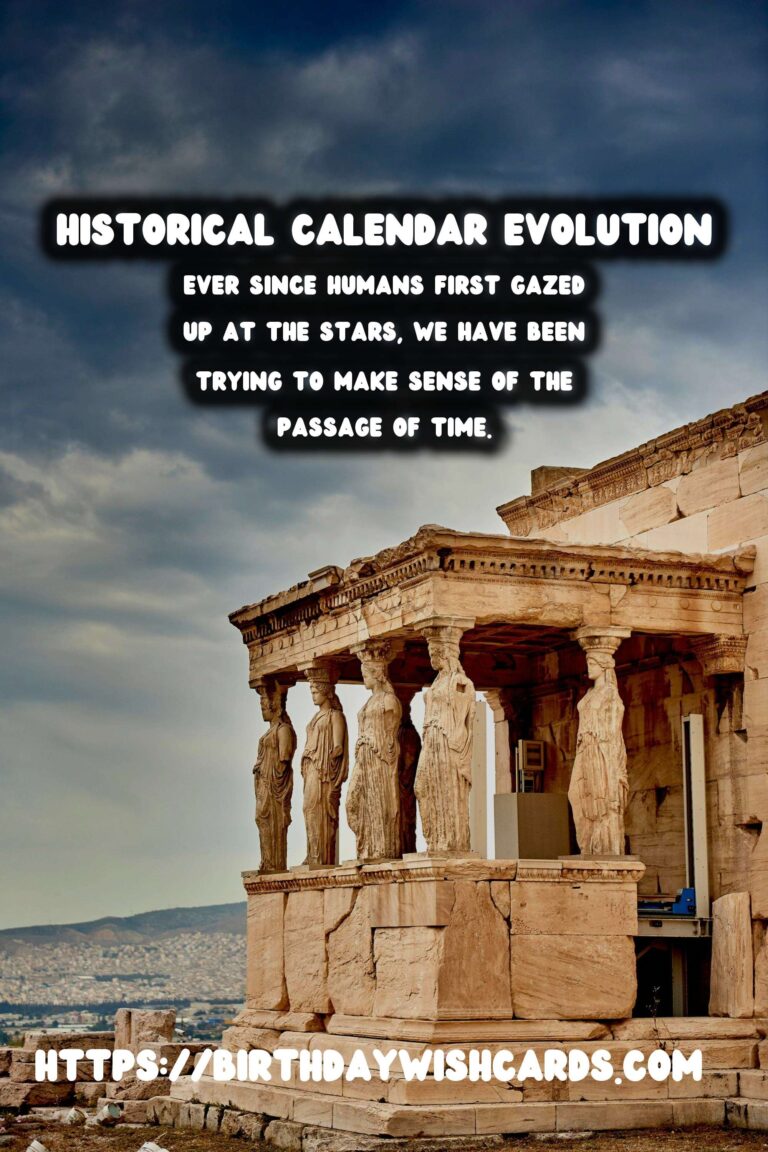
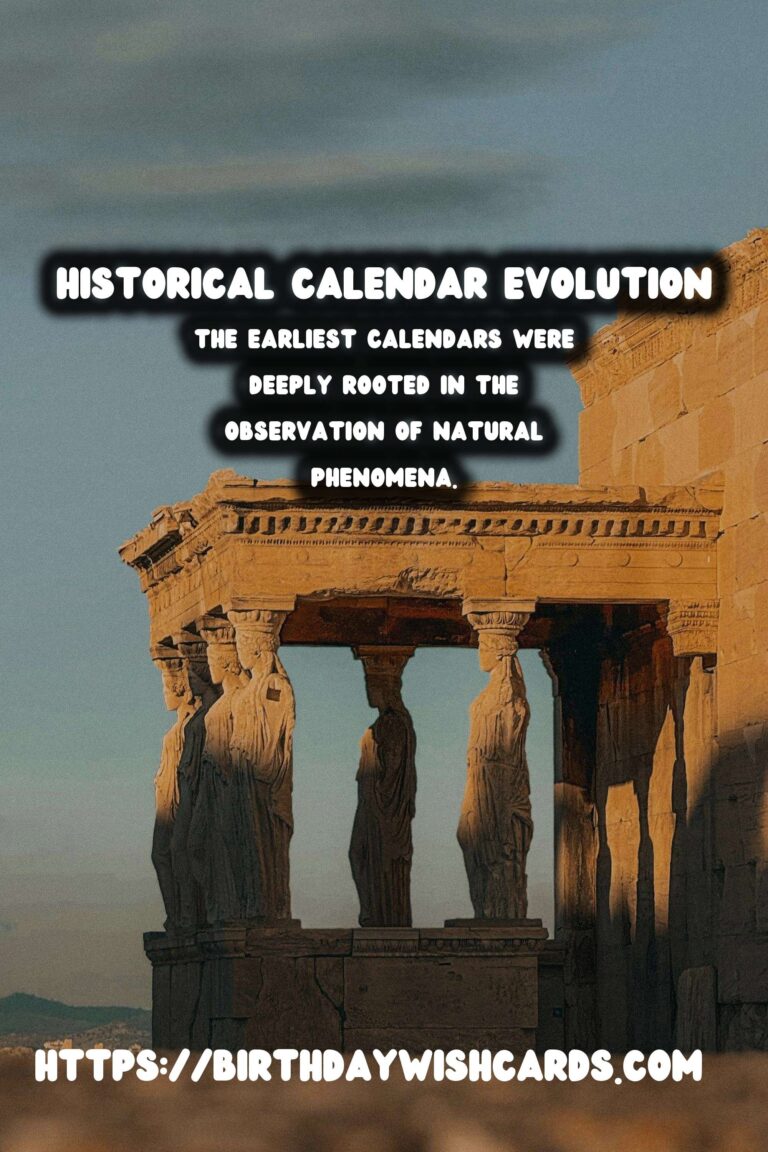
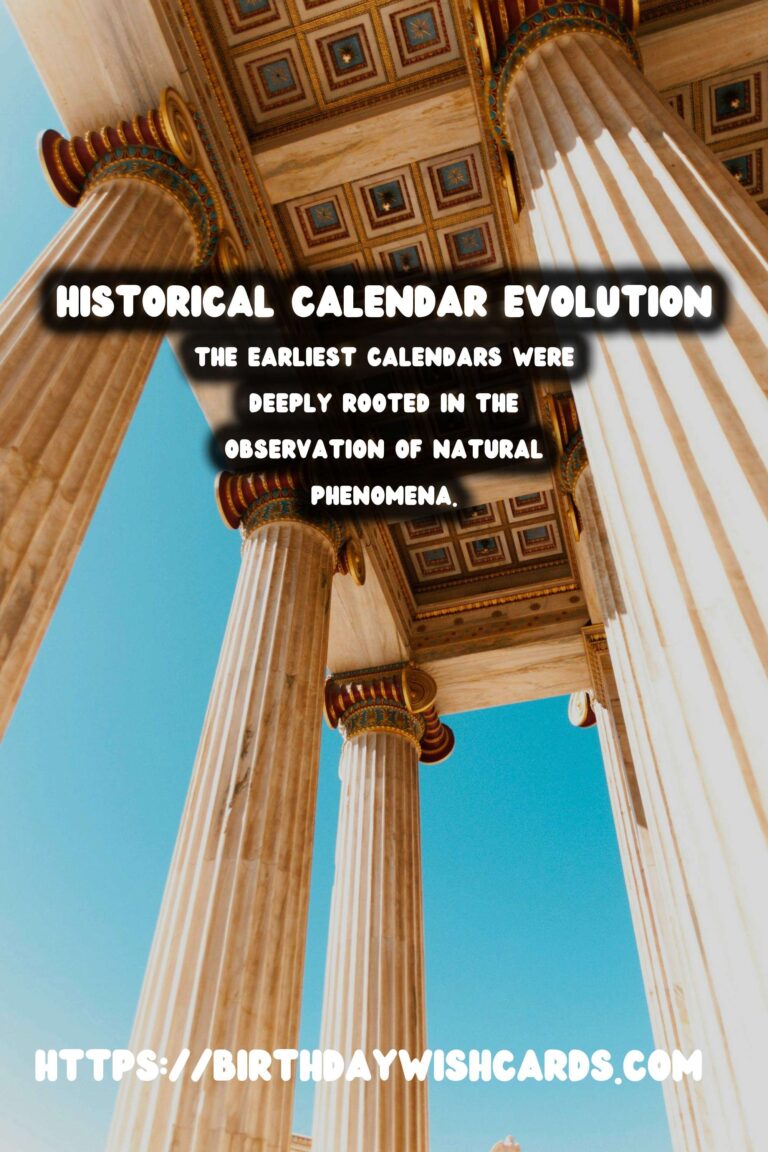
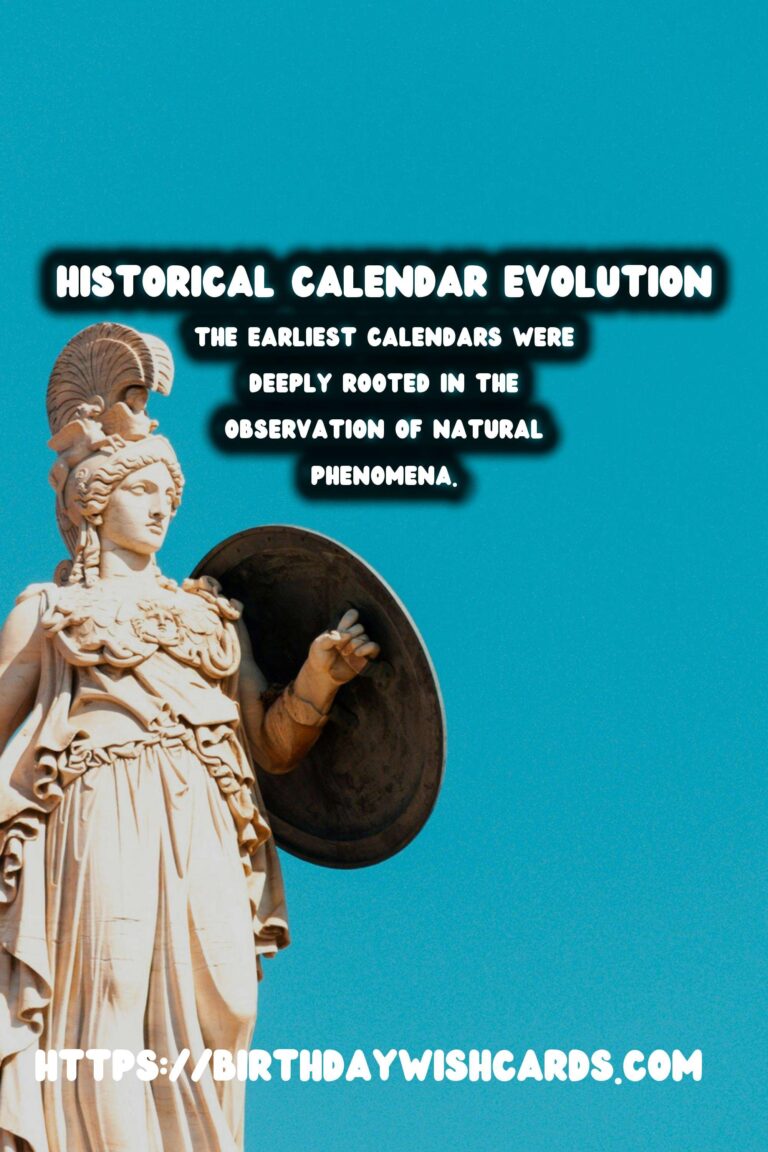
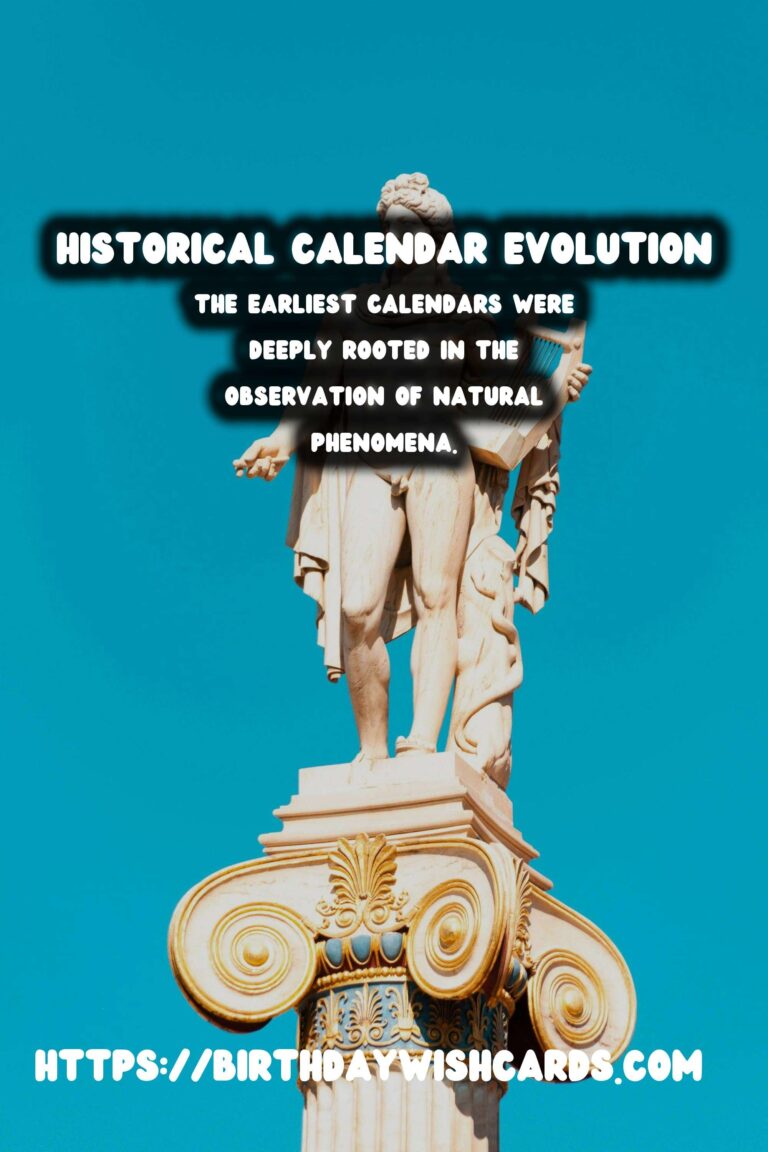
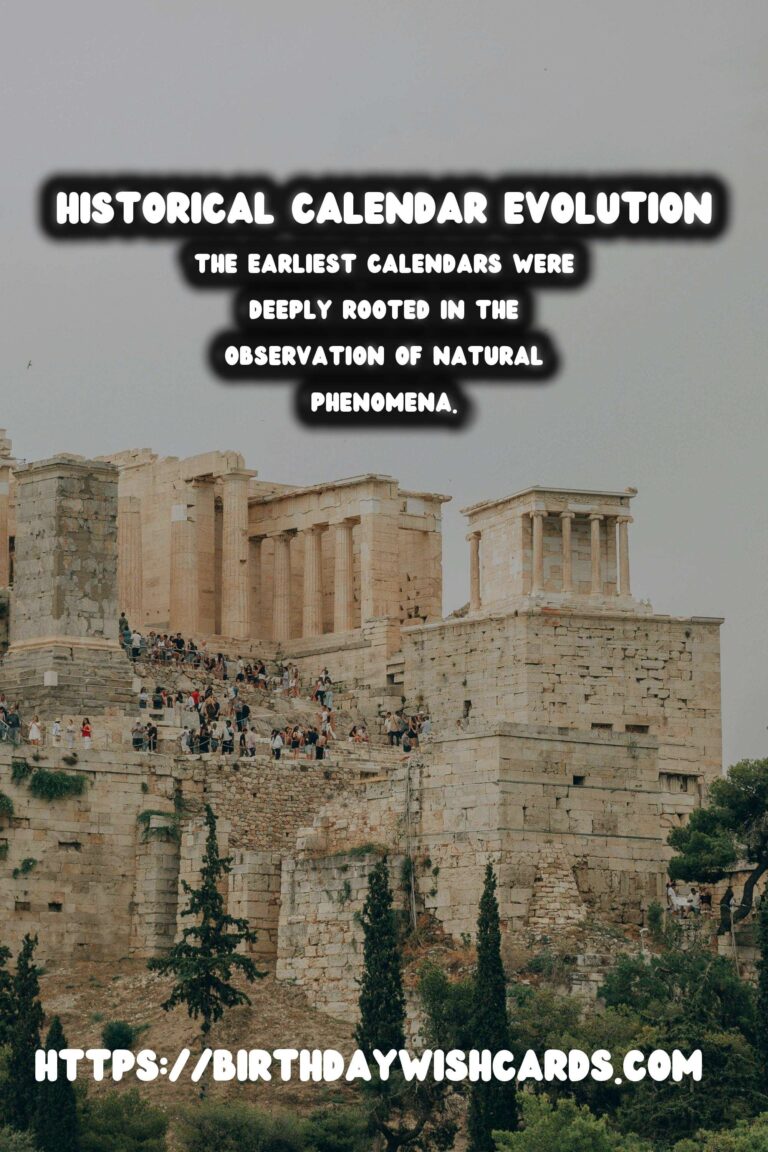
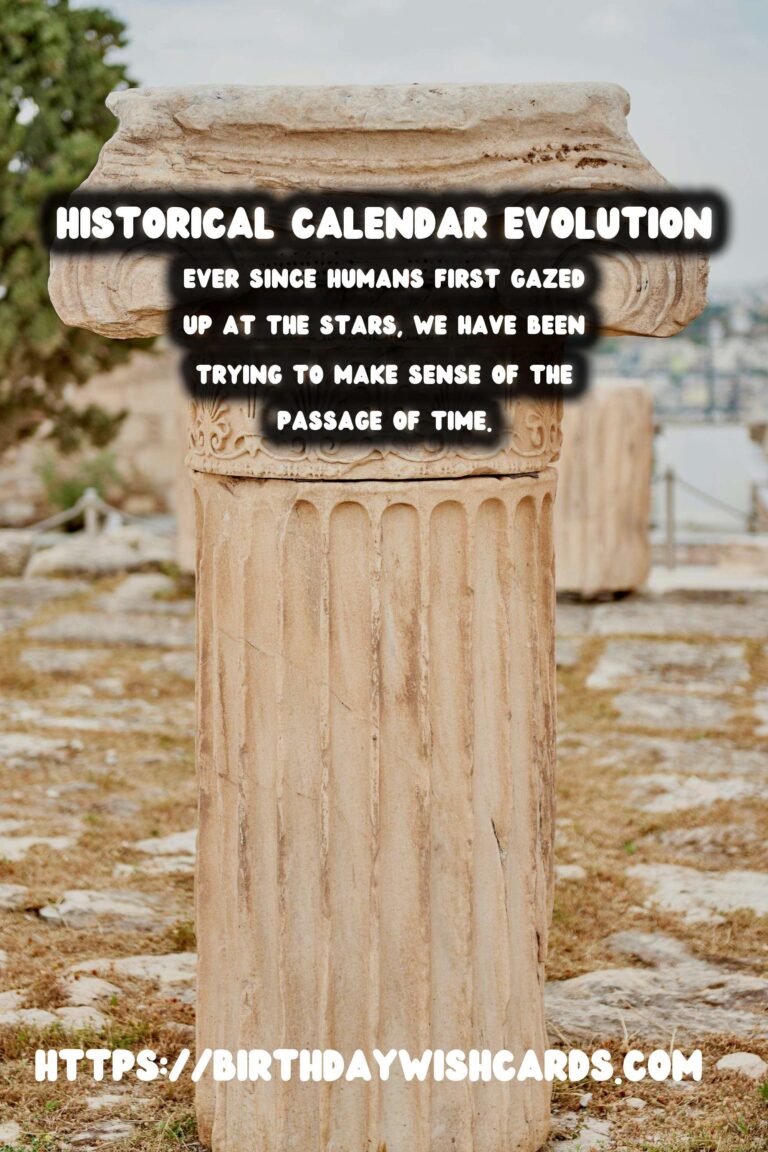
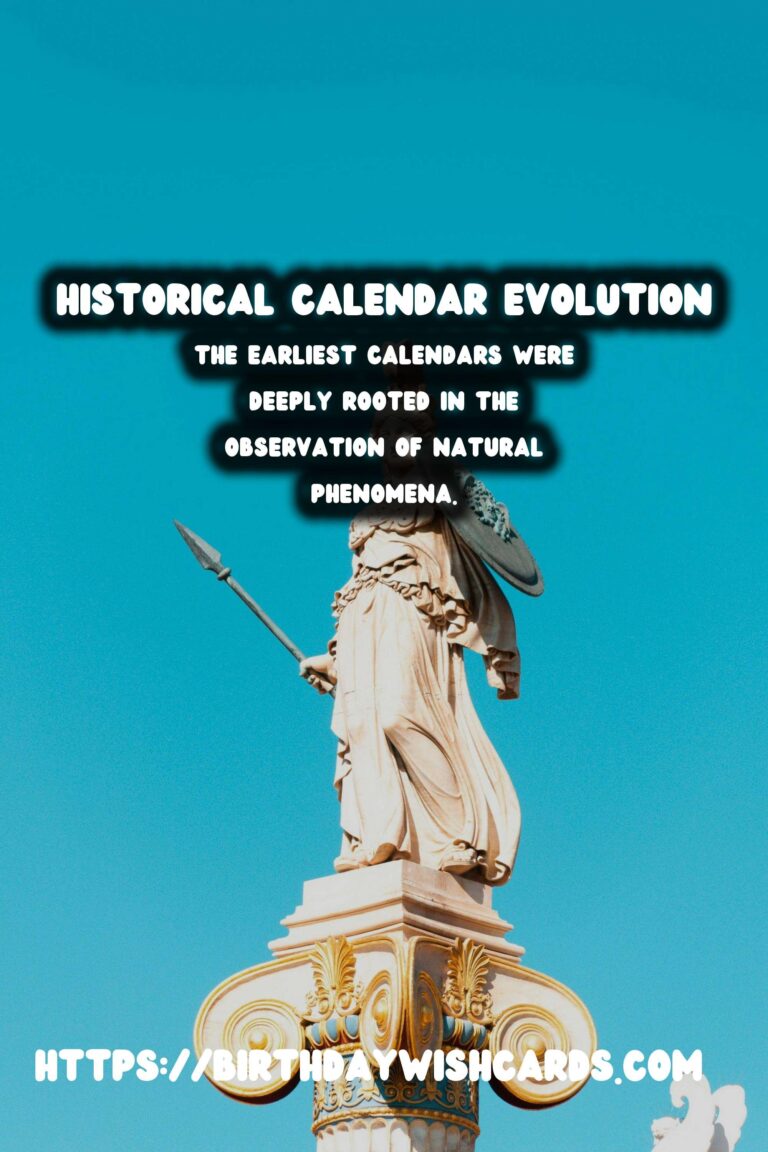
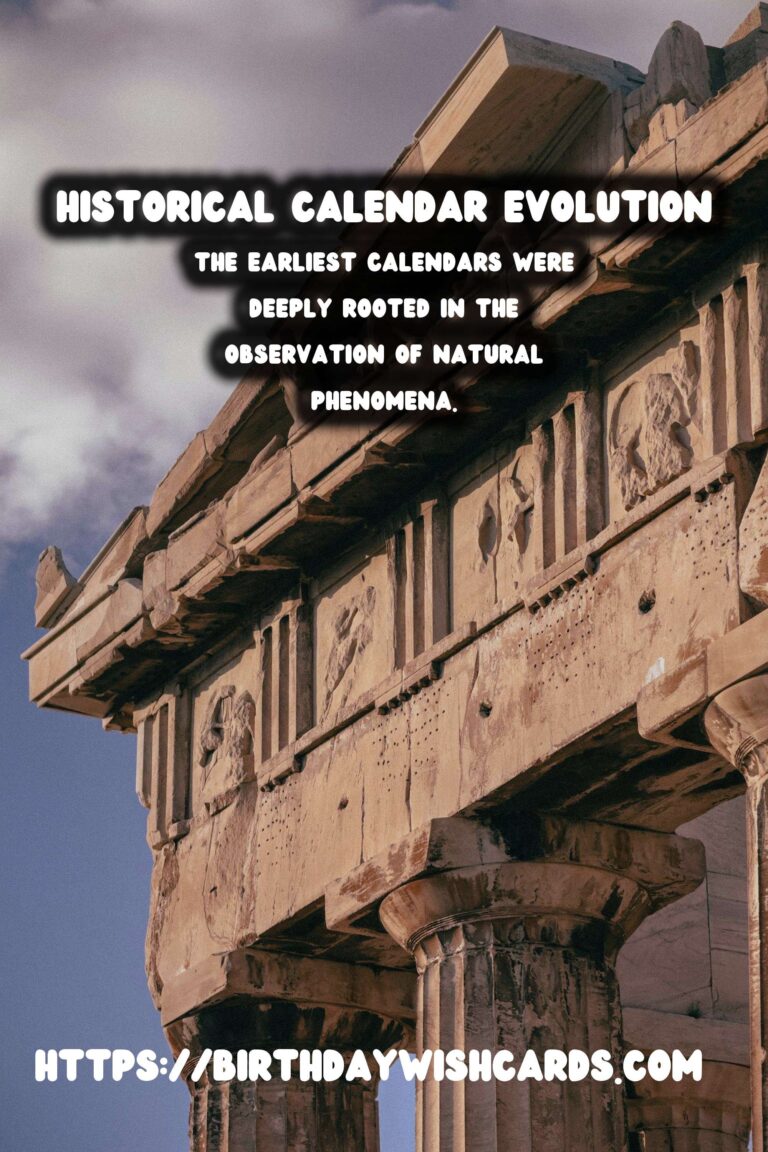
#Calendars #HistoryOfTime




